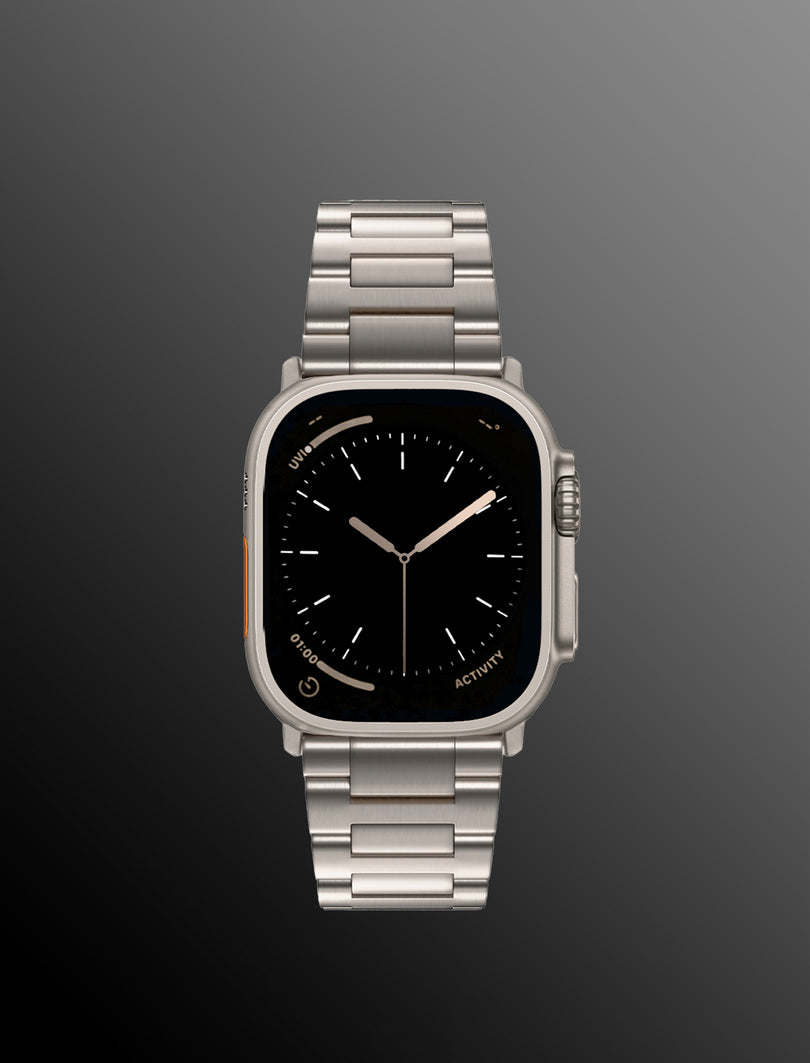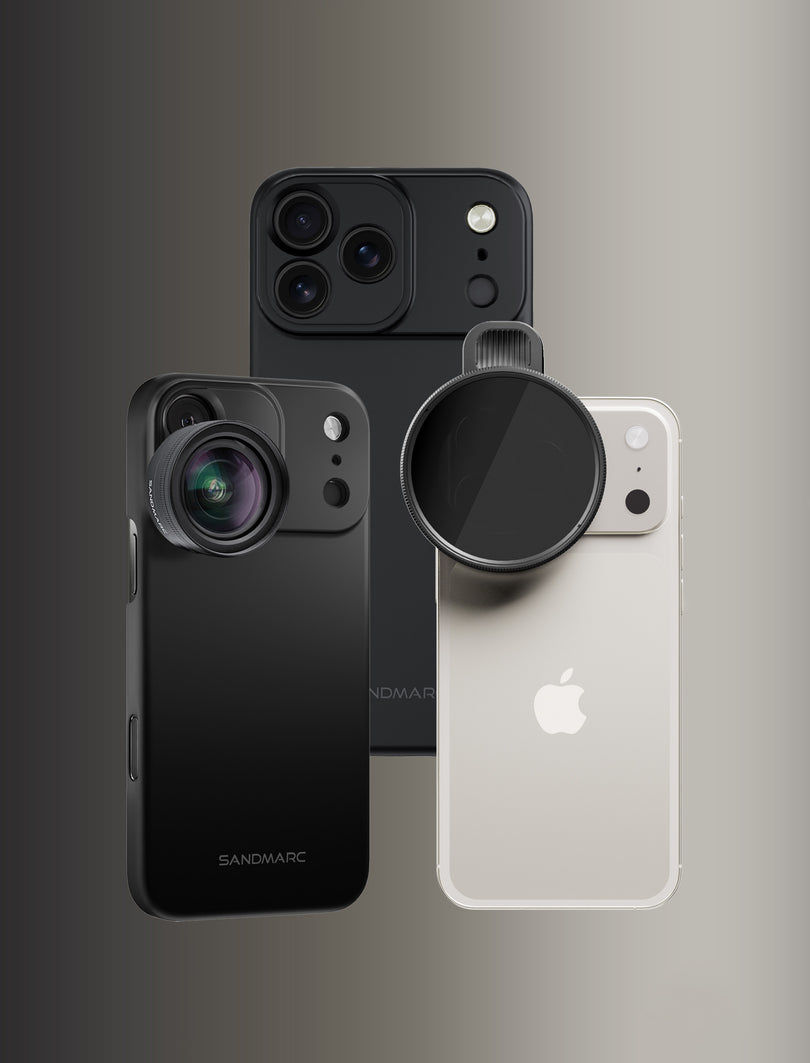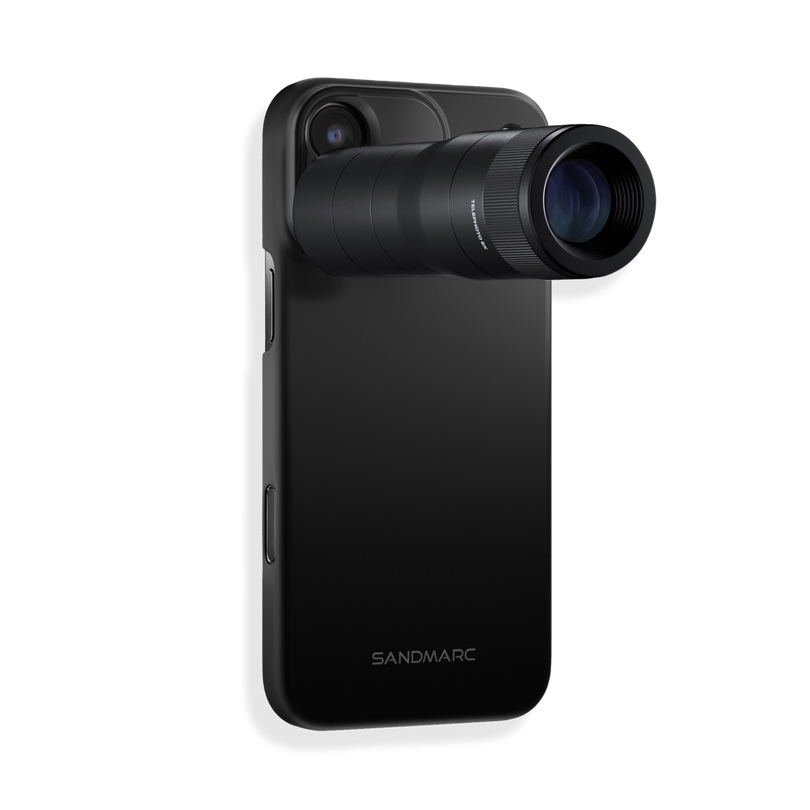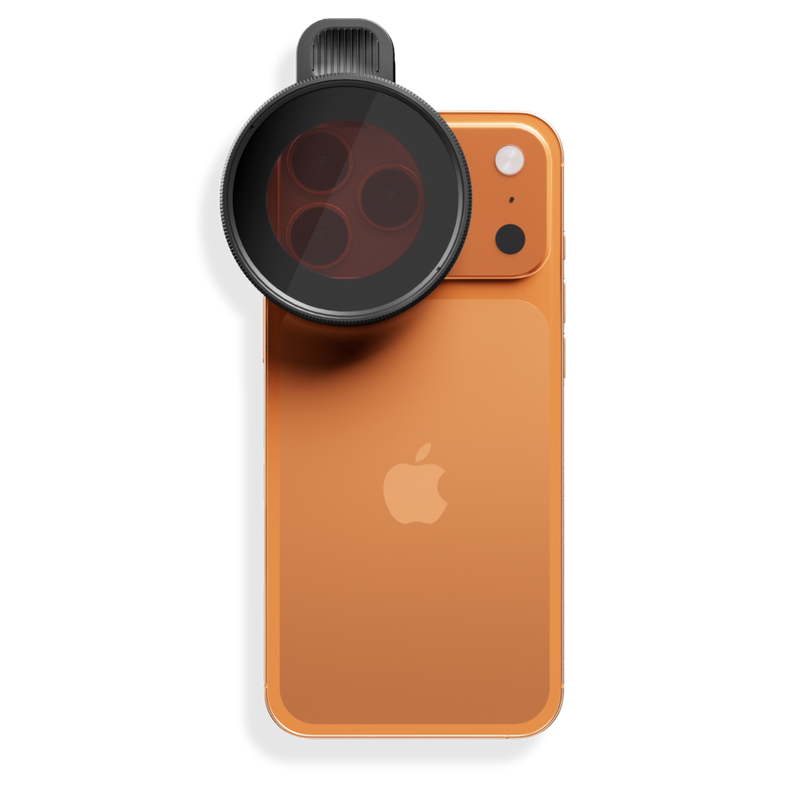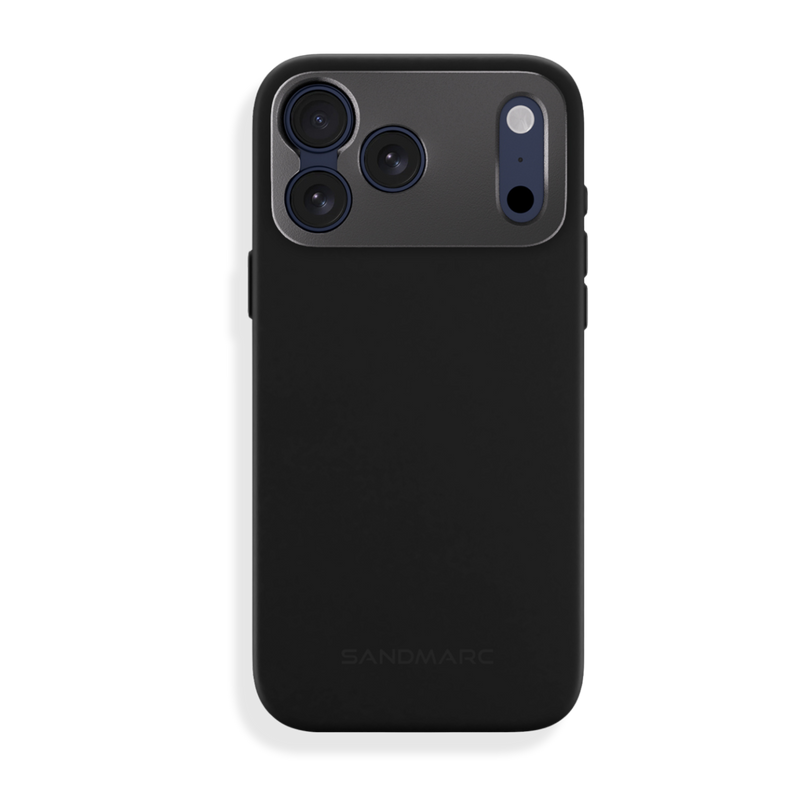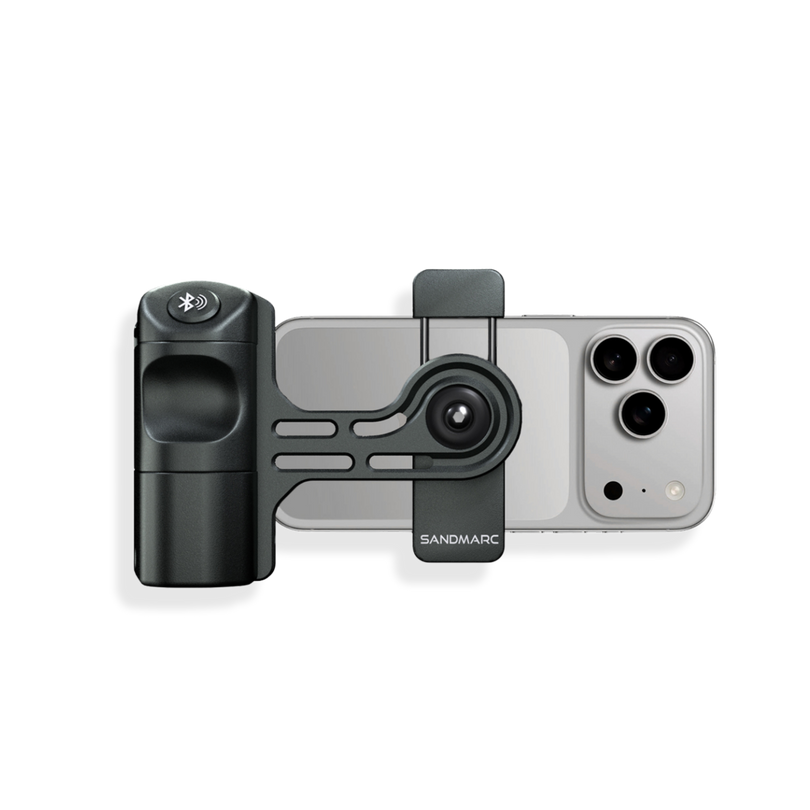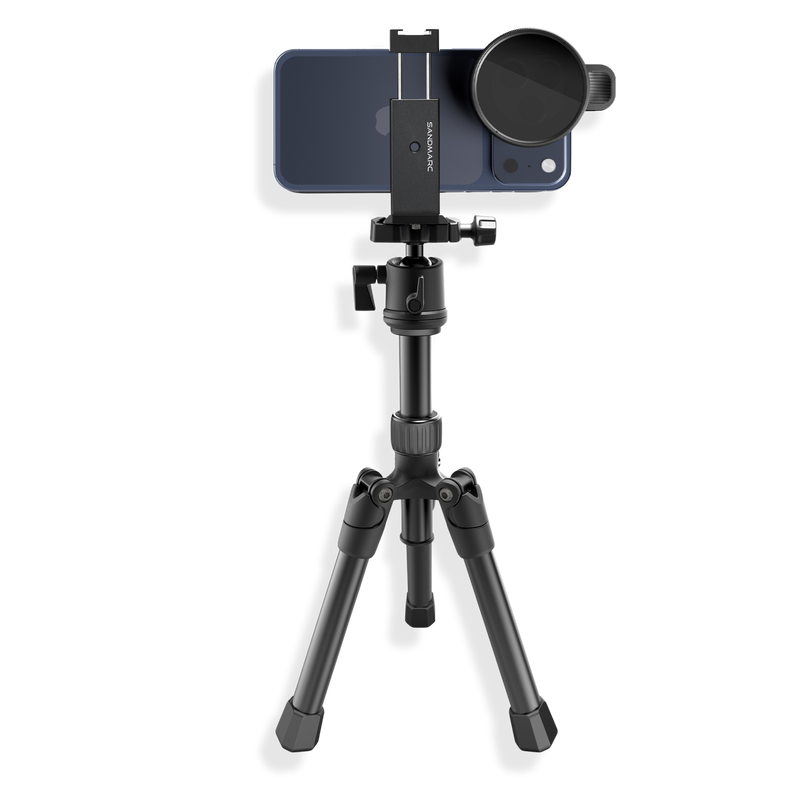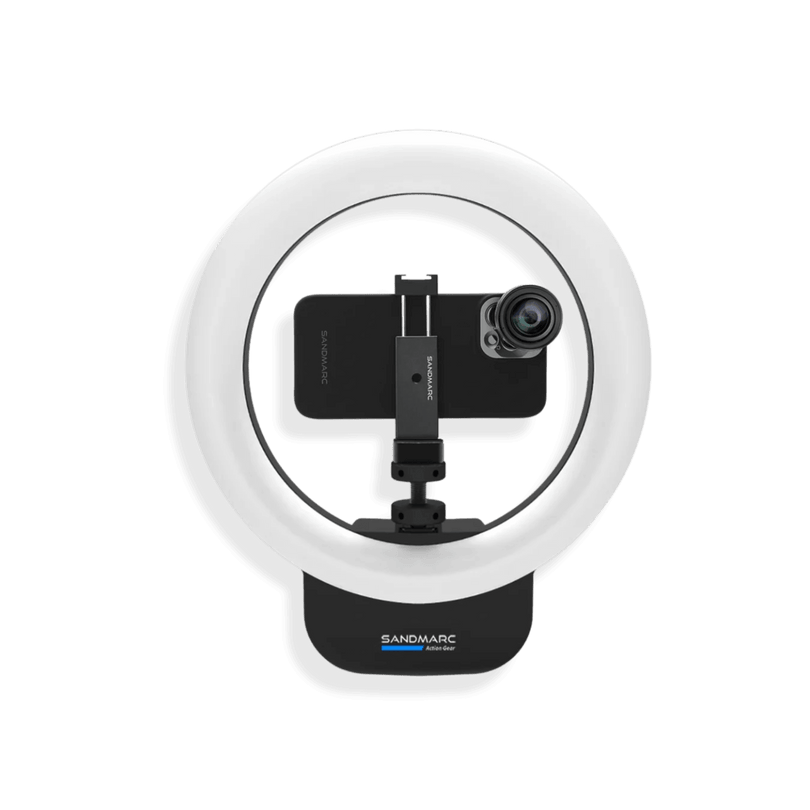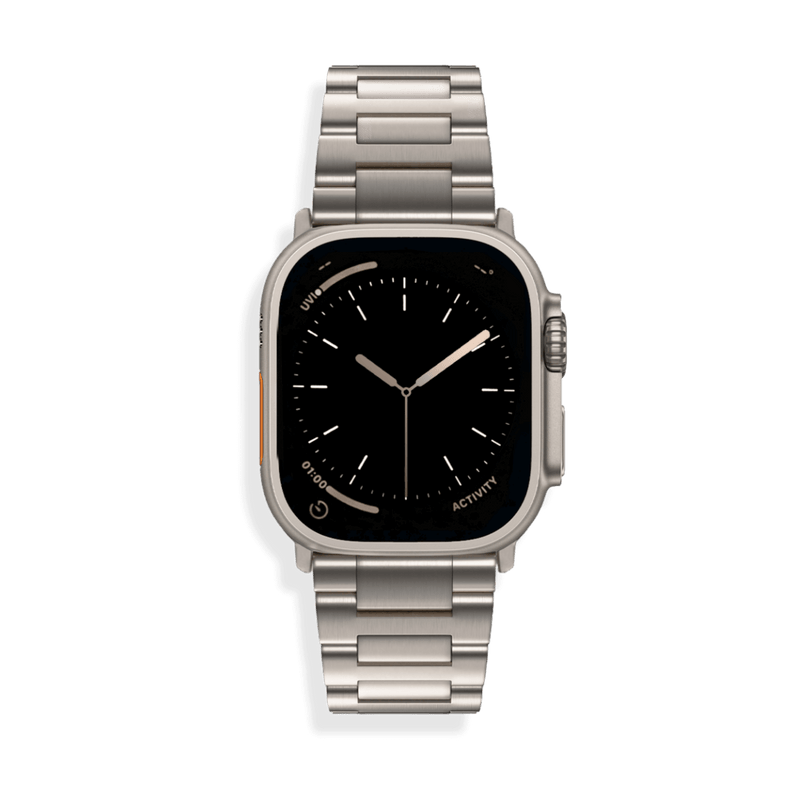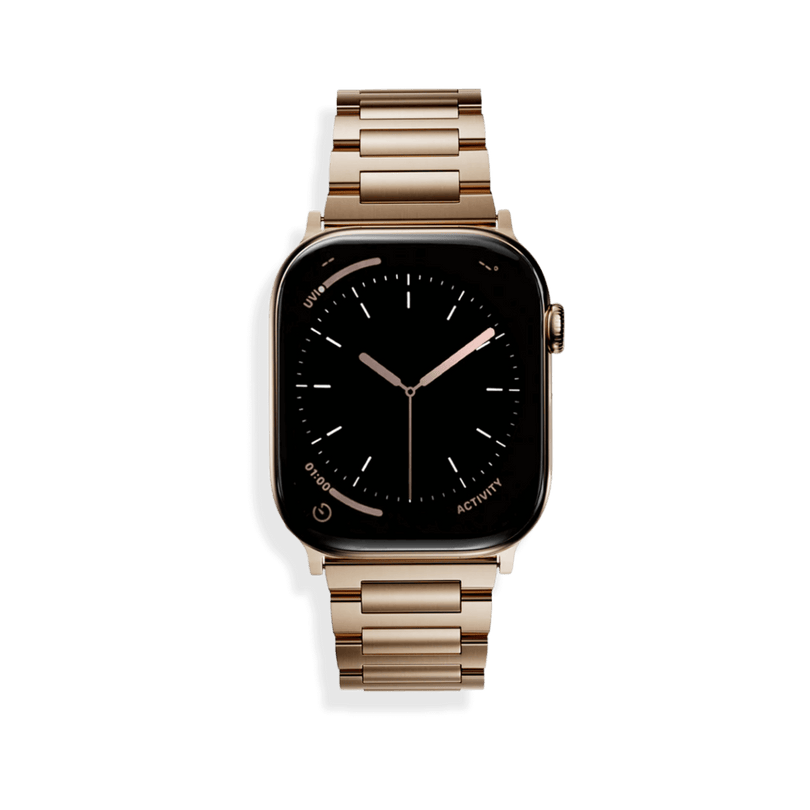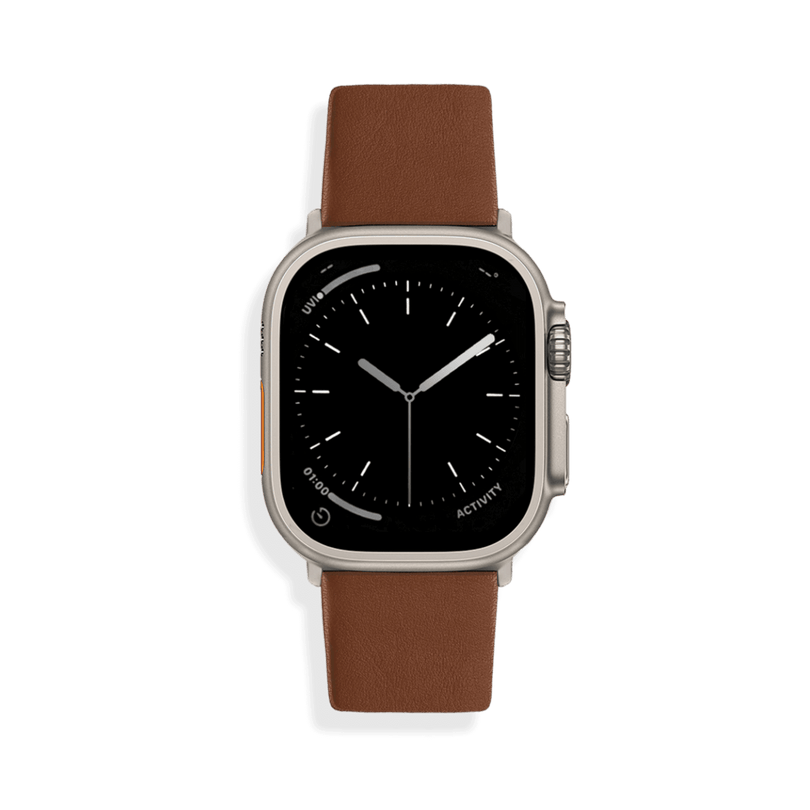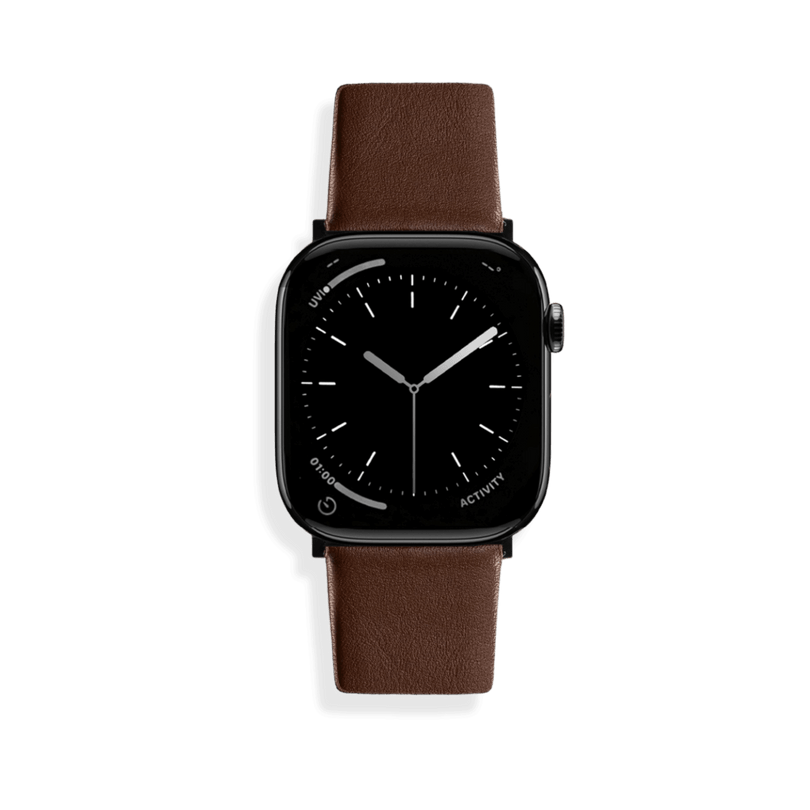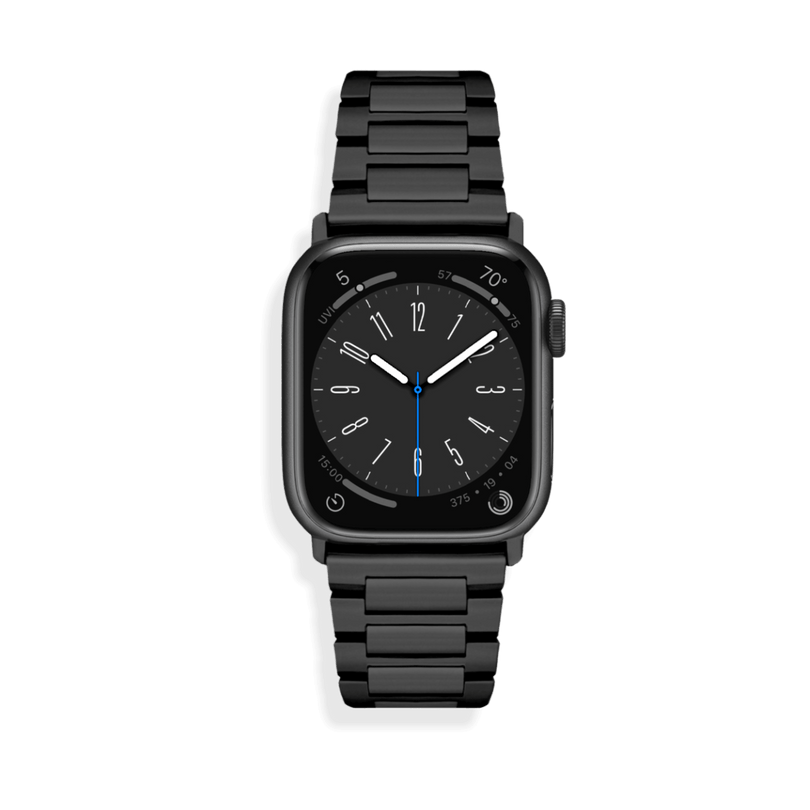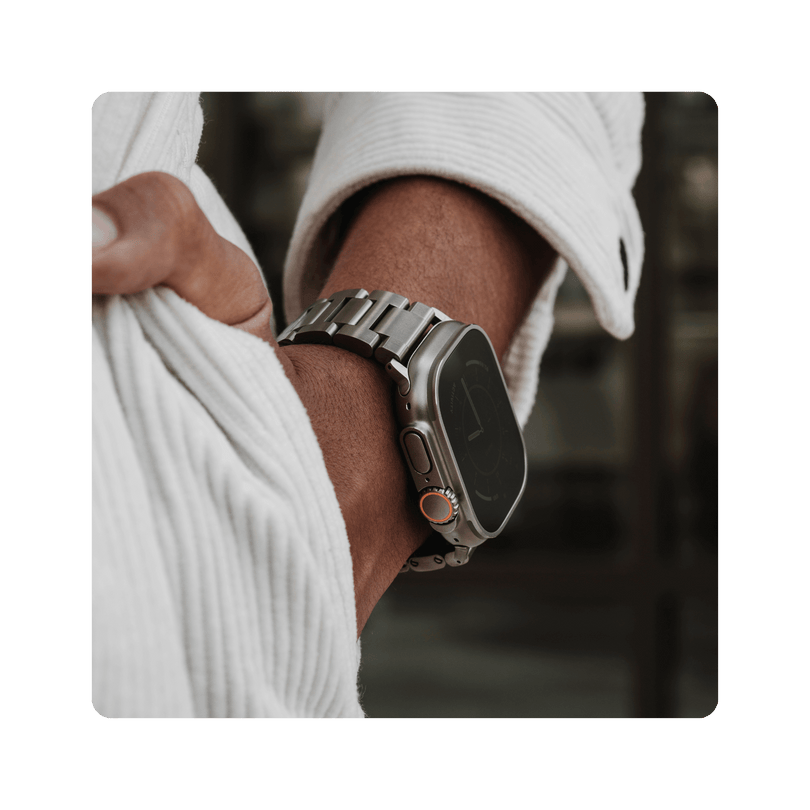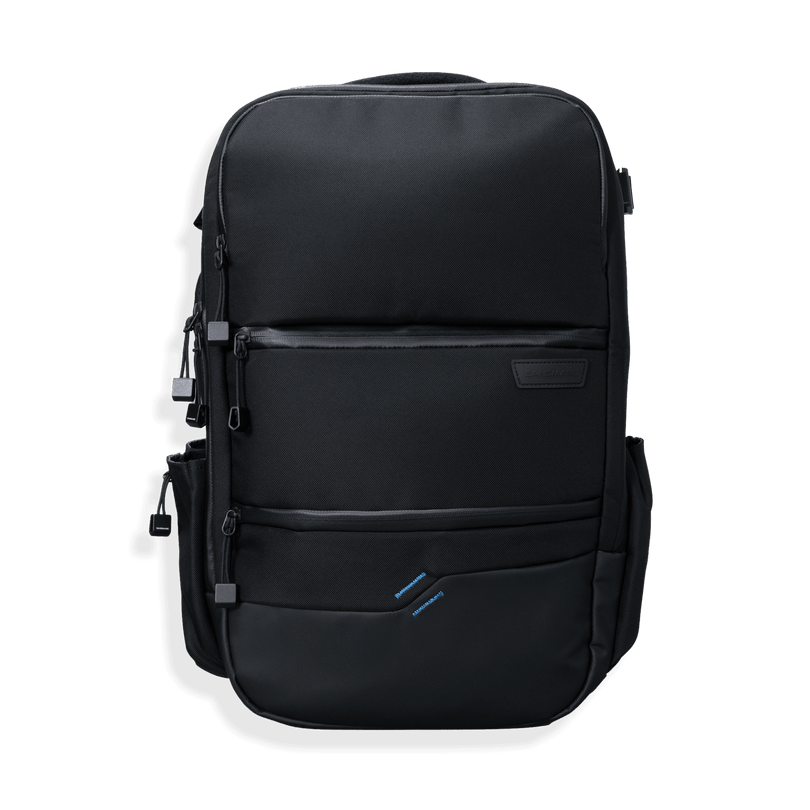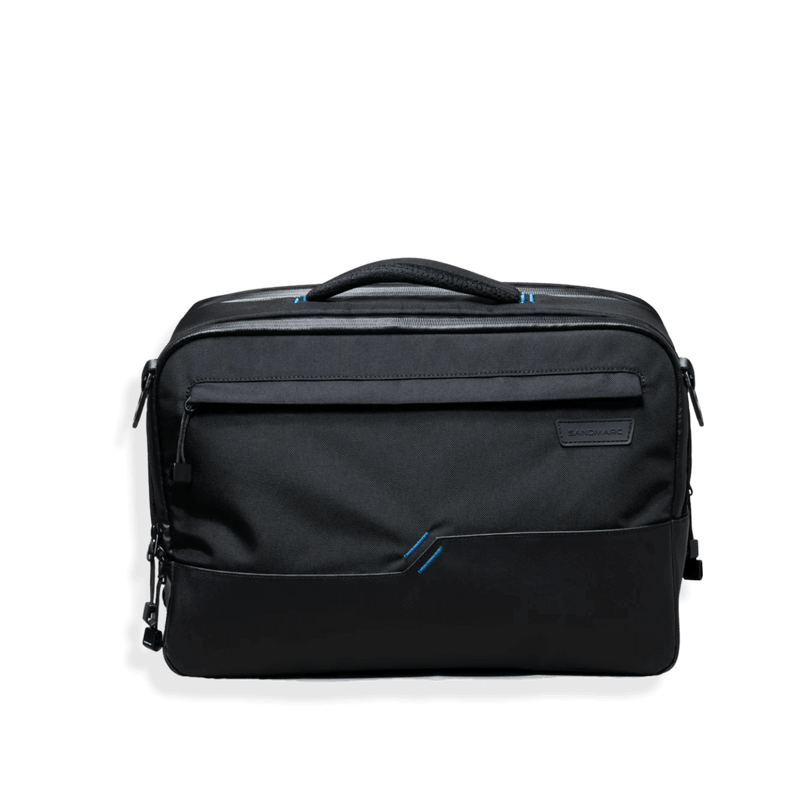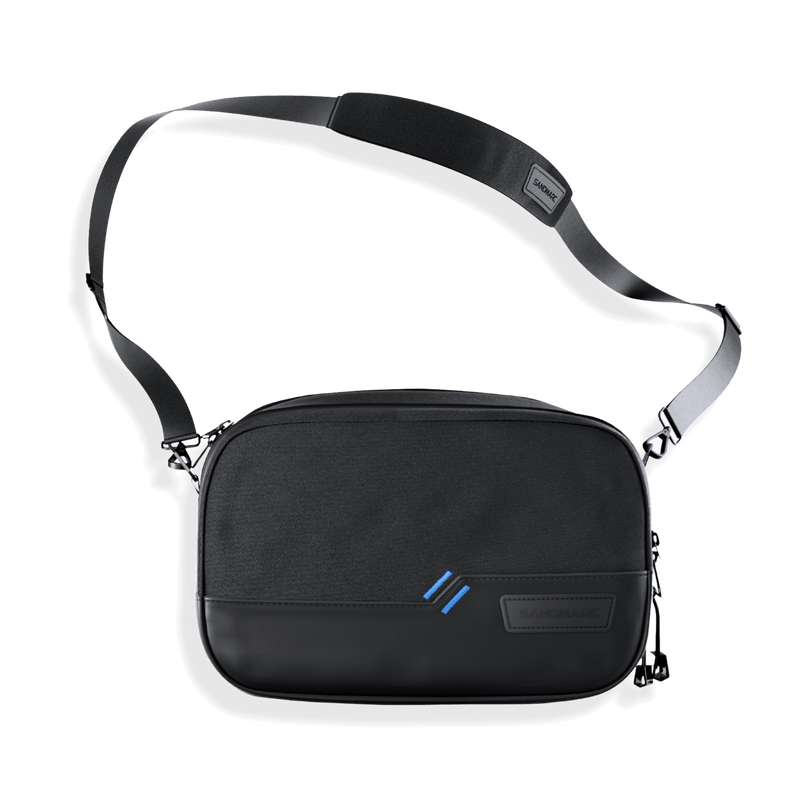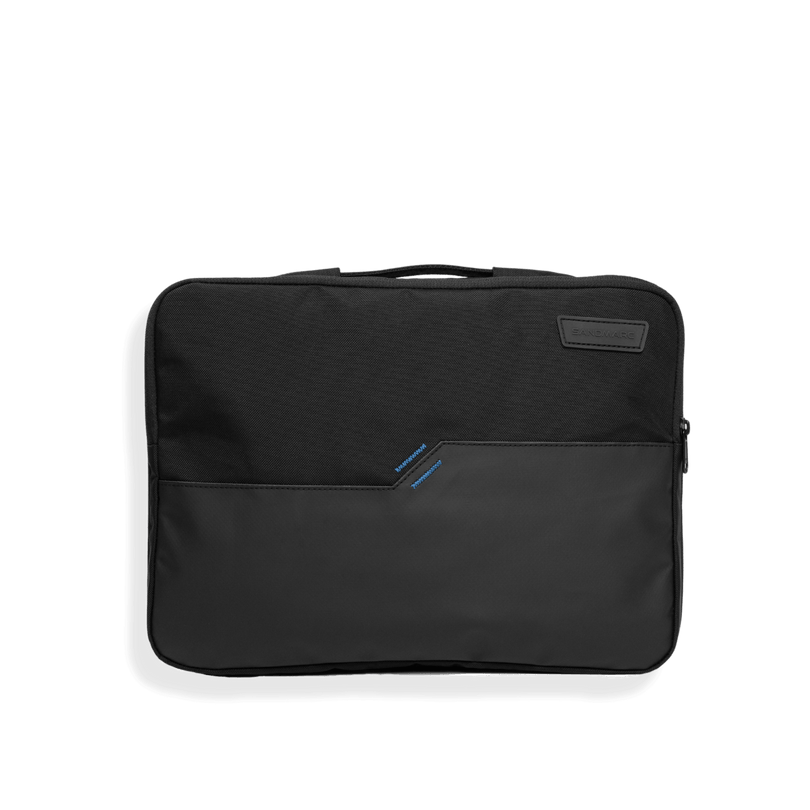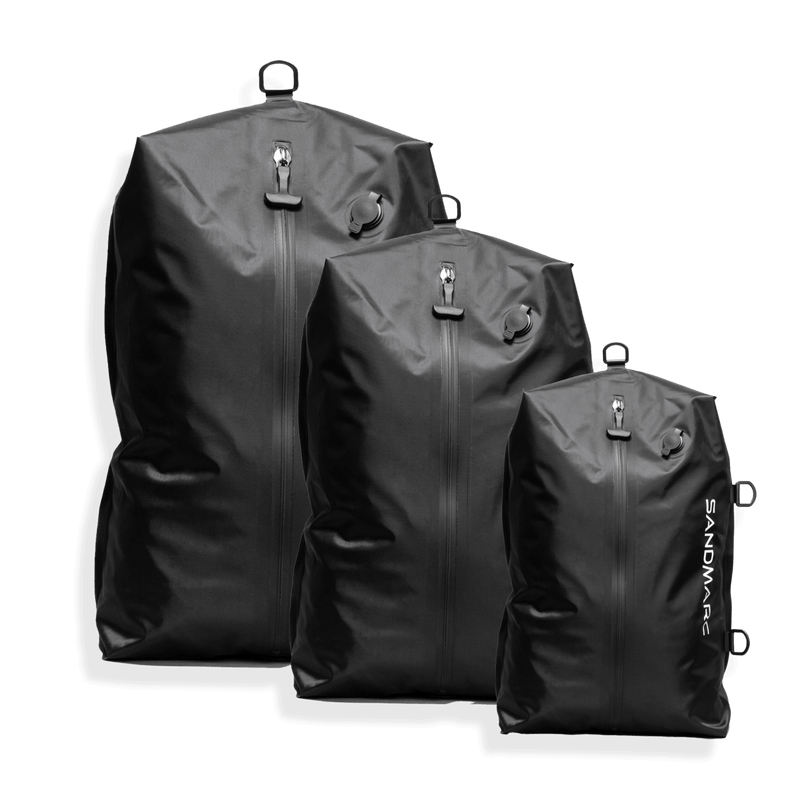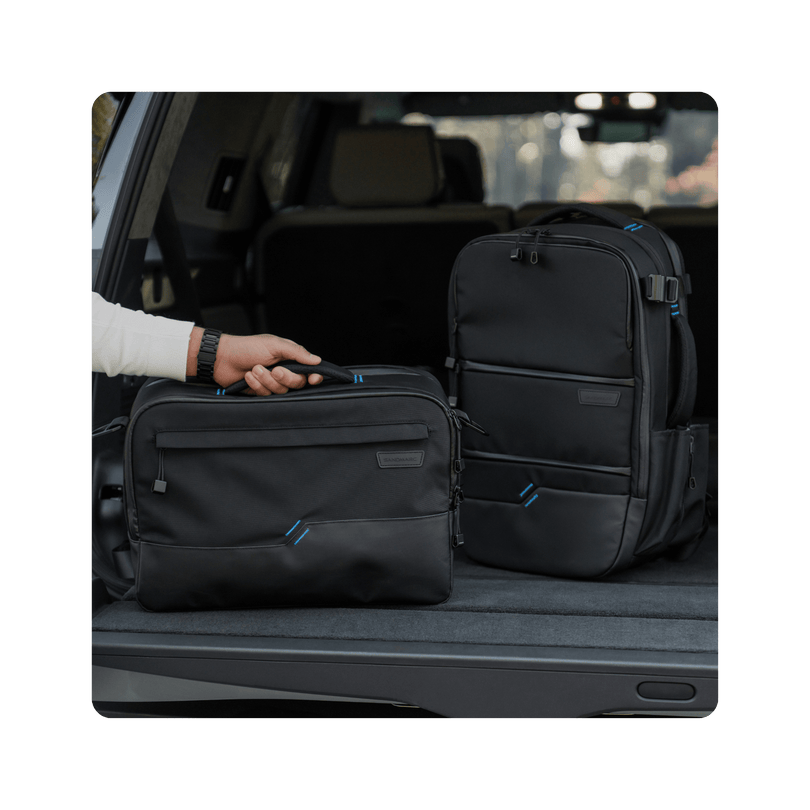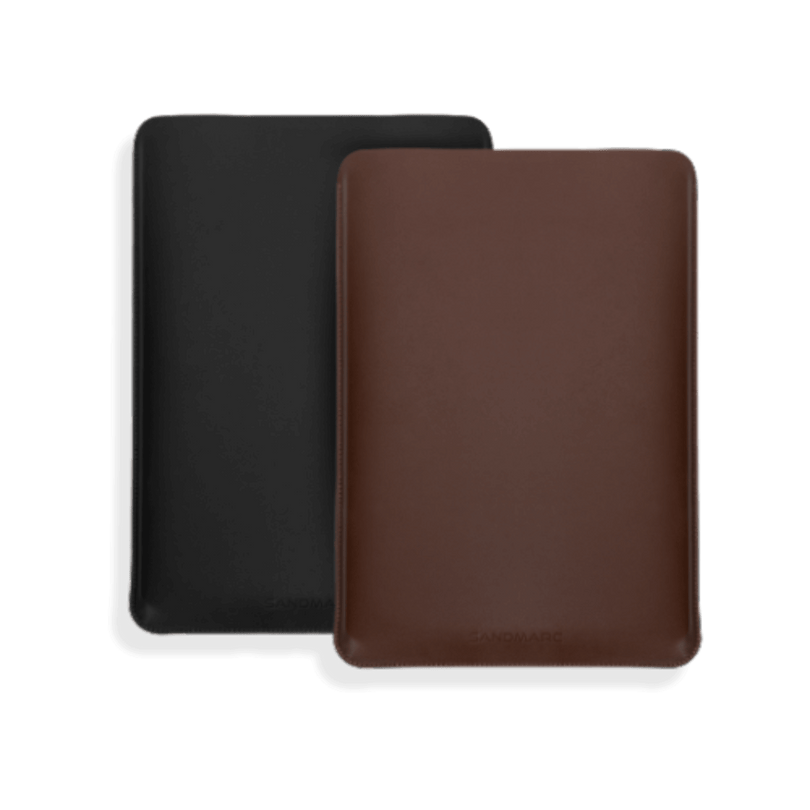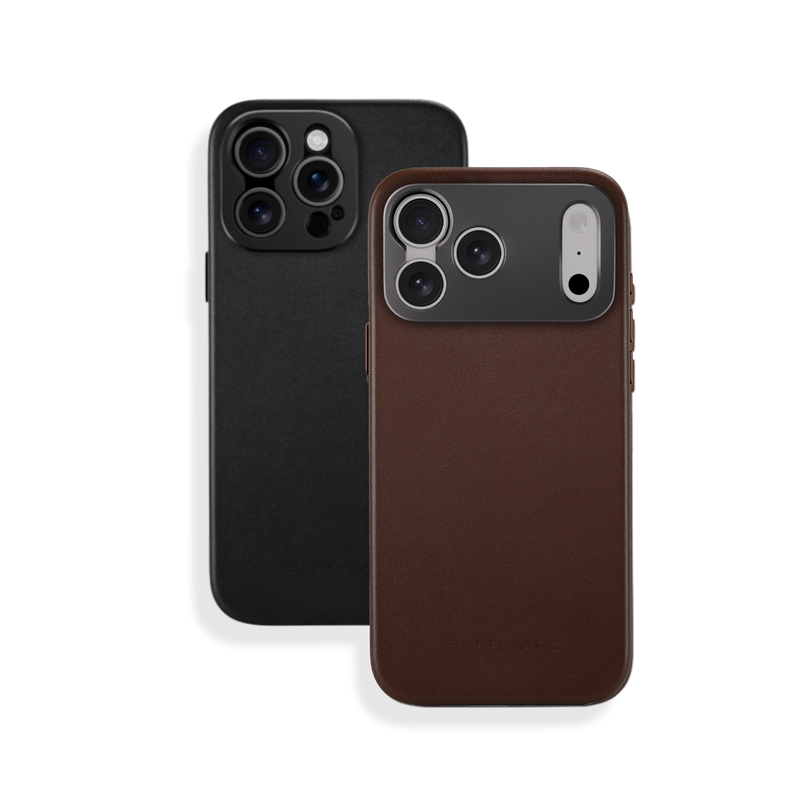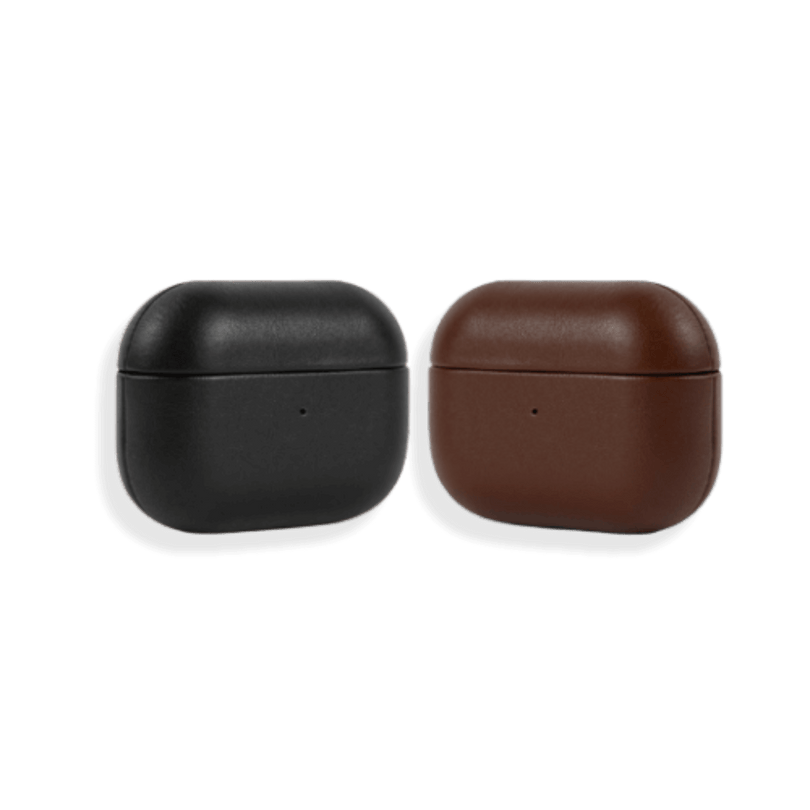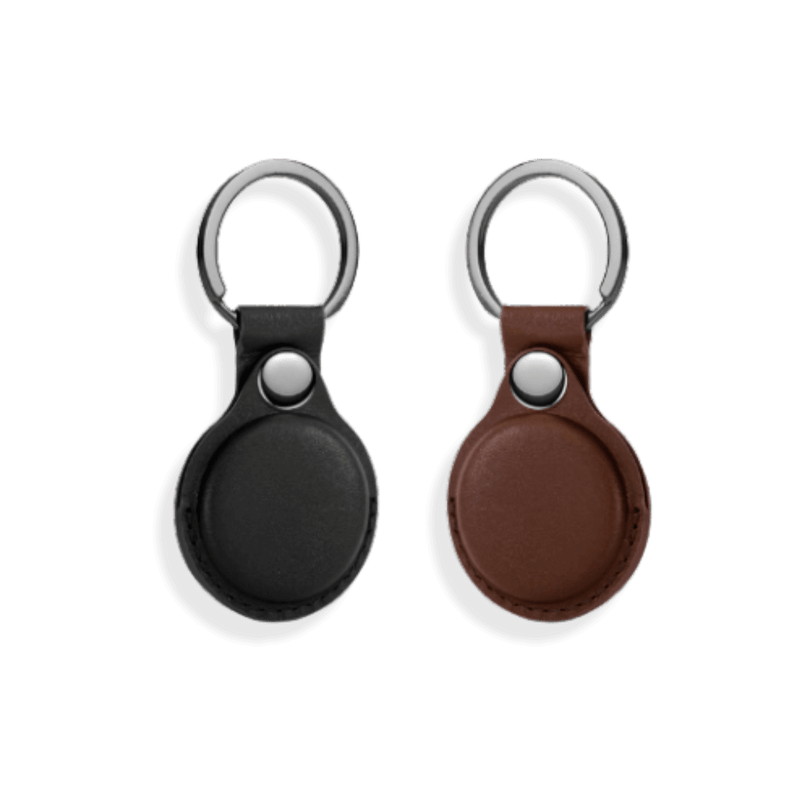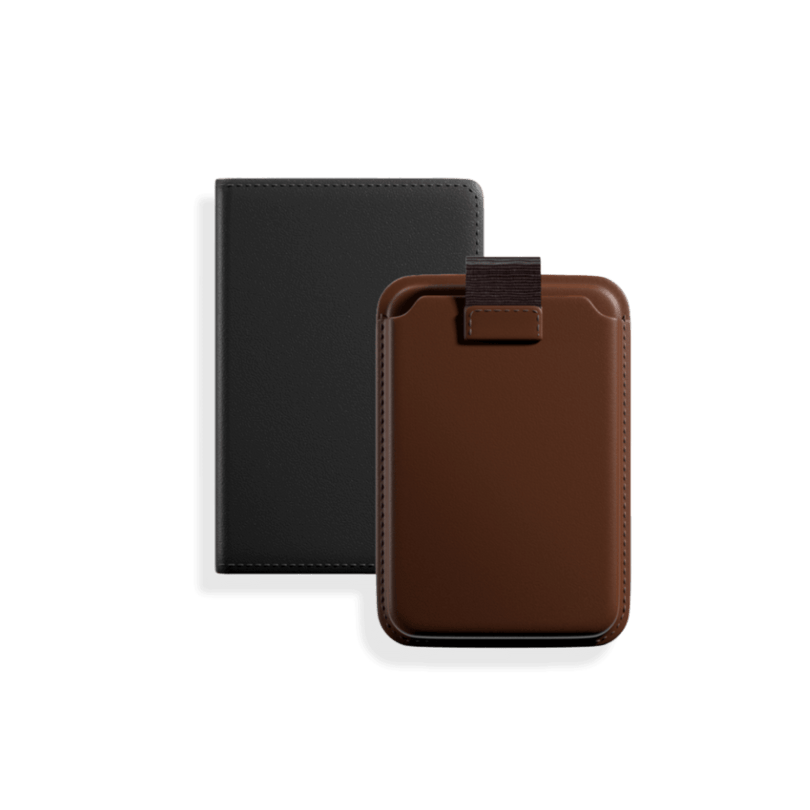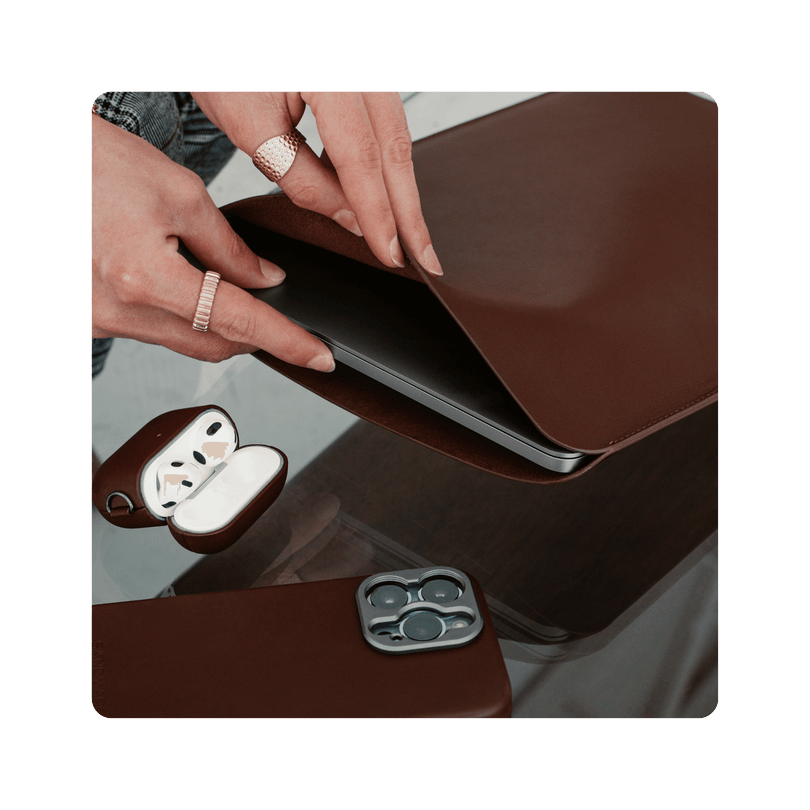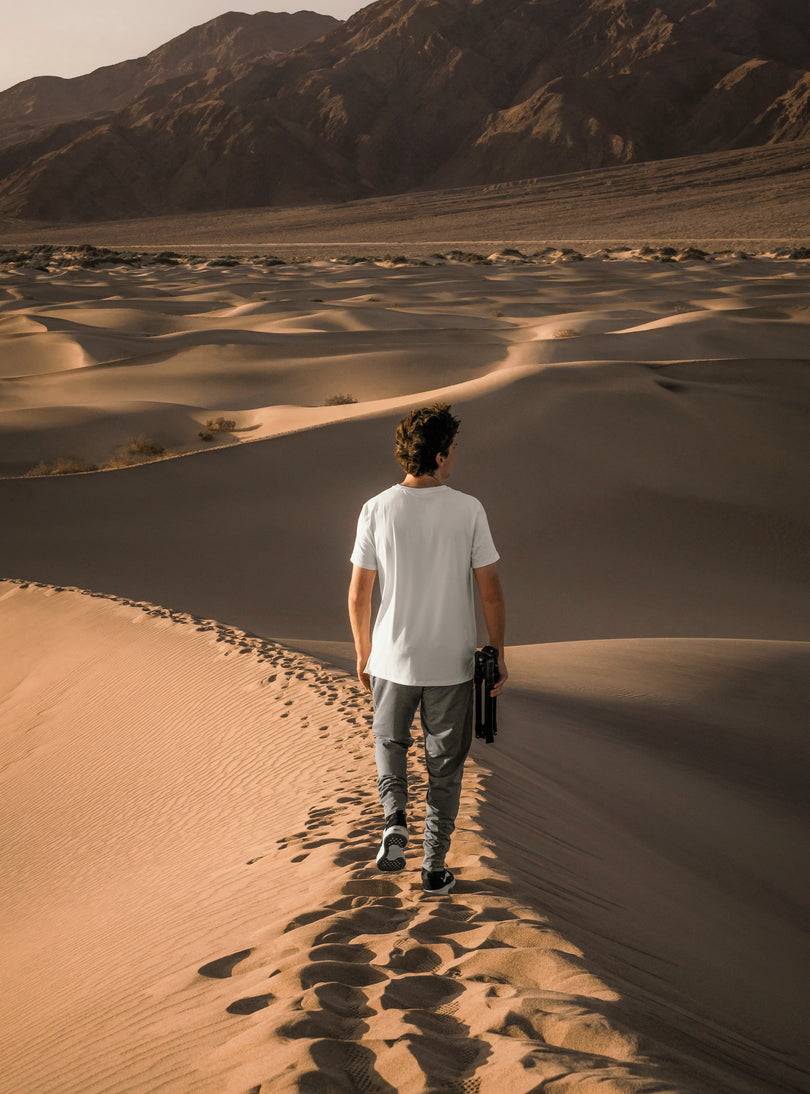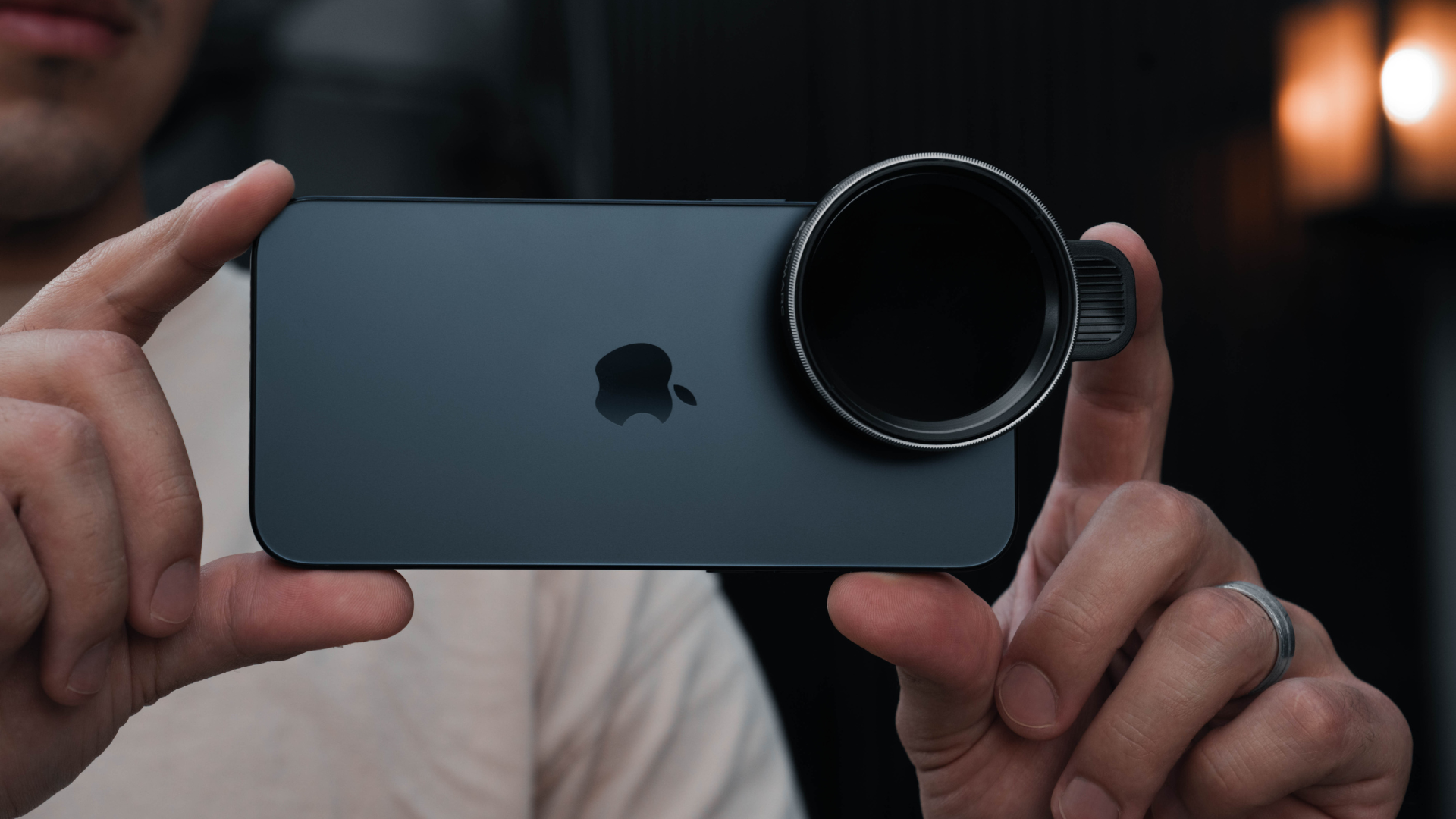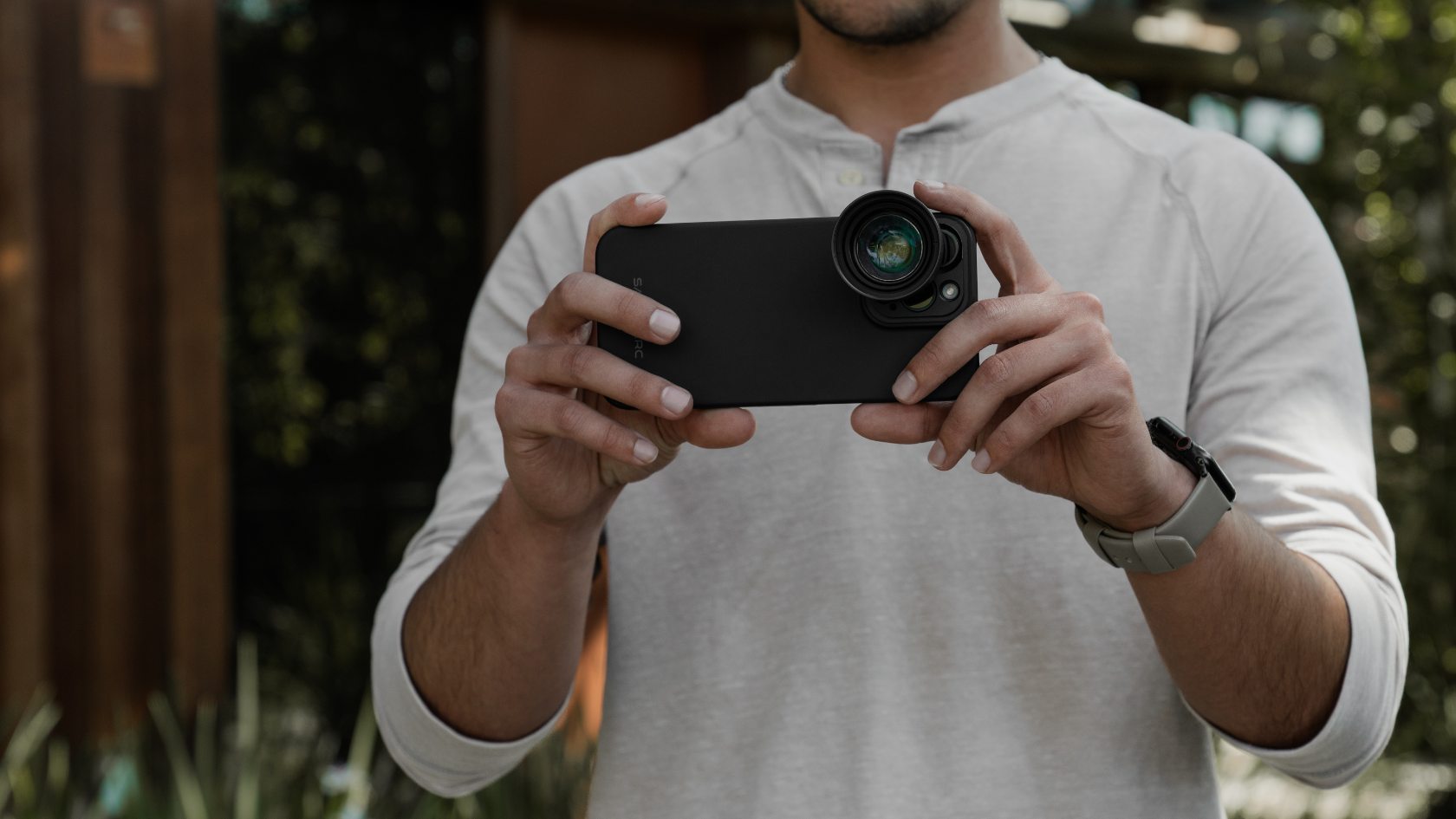Steven Soderbergh iPhone Filmmaking: A Deep Dive
You may not expect to see a renowned filmmaker and an iPhone mentioned in the same sentence, but it’s true: Steven Soderbergh is the second director to successfully create a feature film entirely with an iPhone. The first to do so was Tangerine (2015), directed by Sean Baker. That film gained attention for being shot on an iPhone 5S with a special lens attachment and the Filmic Pro app.
Soderbergh, known for films like Erin Brockovich and Traffic, has directed over 60 films, two of which were shot on iPhone: Unsane and High Flying Bird. In this article, we’ll explore these two films and dive into Soderbergh’s filmmaking style, examining how he utilized the iPhone as a creative tool rather than a limitation.
Steven Soderbergh’s Approach to Filmmaking
As you begin to explore the films directed by Steven Soderbergh, you’ll notice that he doesn’t confine himself to a single genre. His work spans everything from drama (Erin Brockovich) and crime thrillers (Traffic) to psychological horror (Unsane) and sports dramas (High Flying Bird). This versatility reflects his desire to push boundaries and experiment with new ways of telling stories.
Soderbergh is also known for taking creative risks, both in his storytelling and in production techniques. He often challenges viewers by introducing ambiguity or withholding easy answers, encouraging them to stay engaged and piece together meaning on their own. This approach keeps audiences curious and engaged from start to finish.
Soderbergh is also known for taking creative risks, both in his storytelling and in production techniques. He often challenges viewers by introducing ambiguity or withholding easy answers, encouraging them to stay engaged and piece together meaning on their own. This approach keeps audiences curious and engaged from start to finish.
You’ll also observe that Soderbergh lingers on a character longer than expected, allowing emotions to emerge through their facial expressions and body language, techniques that create a deeper connection between the viewer and the character. In terms of camera work, he frequently uses a mix of wide establishing shots, room-wide compositions, over-the-shoulder angles, and matching close-ups. In many moments where you'd expect the camera to cut away, it lingers, revealing unexpected aspects of a character.
An interesting fact is that Soderbergh often takes on multiple roles in his productions and uses pseudonyms like “Peter Andrews” for cinematography and “Mary Ann Bernard” for editing, in order not to dilute his name in the credits scenes.
“A desire to just find a new way to give the audience information about the story and about character. There has to be a better way to lay things out for people, or at least you can be more adventurous and release information in a way that's less traditional."
Steven Soderbergh
Steven Soderbergh
Unsane (2018): Soderbergh’s First iPhone Film
Unsane is a psychological horror film shot on the iPhone 7 Plus using the Filmic Pro video app. It follows a woman traumatized by a past encounter with a stalker, who is unwillingly admitted to a mental health facility. The movie demonstrates the advantages of filming with an iPhone, allowing viewers to experience scenes in tight, intimate spaces that would be difficult or time-consuming to capture with a larger camera.
As Charles Bramesco notes, “the iPhone flattens an image’s depth of focus without losing clarity, creating a disorienting effect in which something feels wrong even when the frame is all in order.” This creative use of the iPhone enhances the film by adding an extra layer of uneasiness that complements its twisted plot. To complete the look in post-production, he applied filters to mimic the appearance of old film stock. Unsane received an 80% rating on Rotten Tomatoes and grossed $7.7 million at the box office.
For a more in-depth look at Soderbergh's experience and insights on shooting Unsane with an iPhone, you can watch the following interview:
As Charles Bramesco notes, “the iPhone flattens an image’s depth of focus without losing clarity, creating a disorienting effect in which something feels wrong even when the frame is all in order.” This creative use of the iPhone enhances the film by adding an extra layer of uneasiness that complements its twisted plot. To complete the look in post-production, he applied filters to mimic the appearance of old film stock. Unsane received an 80% rating on Rotten Tomatoes and grossed $7.7 million at the box office.
For a more in-depth look at Soderbergh's experience and insights on shooting Unsane with an iPhone, you can watch the following interview:
High Flying Bird (2019): A Second iPhone Experiment
High Flying Bird is a sports drama about an NBA lockout sidelining his hot-shot rookie client, a sports agent pitches a bold plan to the young basketball player that will hopefully save their careers. Soderbergh shot this film on the iPhone 8 using the Filmic Pro video app.
Similar to Unsane, Soderbergh appreciated the versatility of the iPhone when shooting High Flying Bird. It allowed him to move more quickly during filming and capture a wider range of angles. To keep the film more raw, he did not do any post production editing and aimed for a more cinematic look.
For a more in-depth look at Soderbergh's experience and insights on shooting High Flying Bird with an iPhone, you can watch the following interview:
Similar to Unsane, Soderbergh appreciated the versatility of the iPhone when shooting High Flying Bird. It allowed him to move more quickly during filming and capture a wider range of angles. To keep the film more raw, he did not do any post production editing and aimed for a more cinematic look.
For a more in-depth look at Soderbergh's experience and insights on shooting High Flying Bird with an iPhone, you can watch the following interview:
Why Soderbergh Shot on the iPhone
Wherever you read about Soderbergh, you'll find mention of his edginess and his almost problematic approach to filmmaking. He constantly pushes boundaries, maneuvering his movies in ways that give viewers new perspectives they’ve never seen before. From his multi-genre success to his embrace of rough, imperfect imagery, he shows us that experimenting with raw, unconventional visuals is worthwhile and that we shouldn't fear what others think. He possesses endless creative possibilities and refuses to let anything, not even the camera, hold him back.
So it’s no surprise that he chose to take a risk and shoot films on an iPhone, not to make a statement, but as a creative endeavor. He saw the iPhone as a way to get shots that just aren’t possible with other cameras, at least not with the same ease and freedom.
So it’s no surprise that he chose to take a risk and shoot films on an iPhone, not to make a statement, but as a creative endeavor. He saw the iPhone as a way to get shots that just aren’t possible with other cameras, at least not with the same ease and freedom.
“I get very frustrated when it takes a long time to execute it. Like, as soon as I feel it, I want to shoot it. And so, that’s one of the biggest benefits of this method — the time from the idea to seeing an iteration of it is incredibly short, like, a minute, like, maybe less. For me, the energy that that creates on set, and I think on screen, is huge.”
Steven Soderbergh
Steven Soderbergh
iPhone Filmmaking: Our Soderbergh Gear Recommendations
To achieve Steven Soderbergh’s signature angles—such as wide establishing shots, room-wide compositions, over-the-shoulder frames, and matching close-ups—here’s attachable lenses from SANDMARC we would recommend:
- Over-The-Shoulder Frames and Matching Close-Ups: The Telephoto 58mm Lens is perfect for creating a crisp closeup shot with a natural bokeh.
- Wide Establishing Shots and Room-Wide Compositions: We recommend the Anamorphic Lens for a wide field of view view and unique cinematic flare, or the Wide Lens for a wide field of view and pristine quality in lowlight.
For many of his quick, maneuverable scenes, Soderbergh uses the DJI Osmo Mobile for stabilized shots. We recommend pairing it with the SANDMARC Film Rig to support any necessary add-ons.
He Shot Magic on Old iPhones—Now Imagine What the iPhone 16 Pro Max Can Do
Steven Soderbergh utilized the iPhone for his films at the perfect time to achieve a more classic look, before the camera reached its full evolution. Take a look at how the iPhone 16 Pro Max's camera compares now:

Steven Soderbergh proved just how powerful the iPhone can be for filmmaking. Even if all you have is your phone (and today’s iPhones are far more advanced than the models he used) you can still create something compelling. Don’t let a lack of traditional gear stop you. Your iPhone is more than enough to tell a great story.
Have you ever tried filming something with just your phone? What story would you shoot if all you had was your iPhone? Let us know in the comments!
Have you ever tried filming something with just your phone? What story would you shoot if all you had was your iPhone? Let us know in the comments!
Author's Bio
Born on the California coast, SANDMARC designs gear for those who live life in motion—travelers, photographers, and filmmakers. Every SANDMARC product is thoughtfully designed to elevate how you capture, carry, and experience the world. With a focus on quality and functionality, their blog offers tips, guides, and inspiration to enhance the creative journey.

